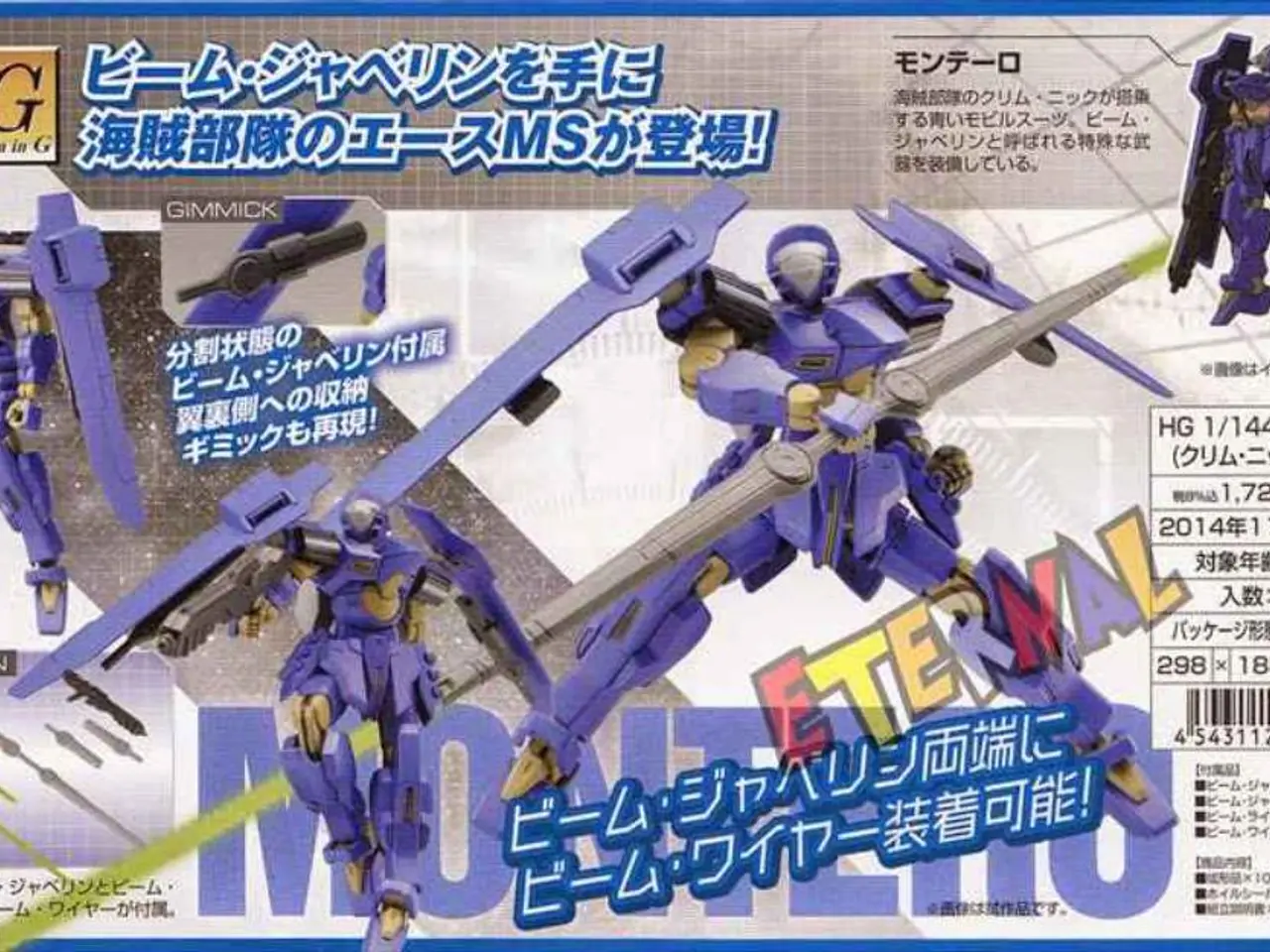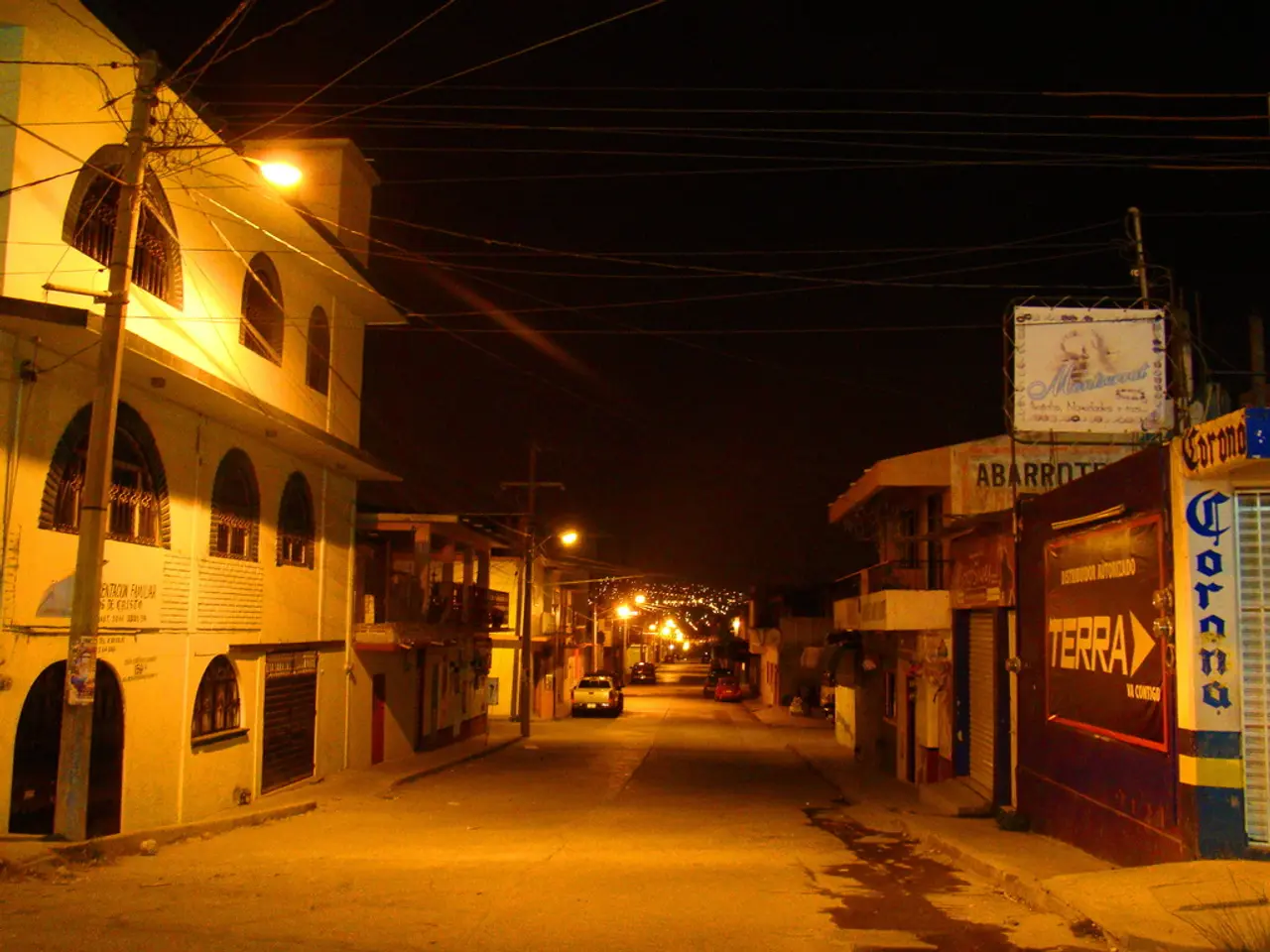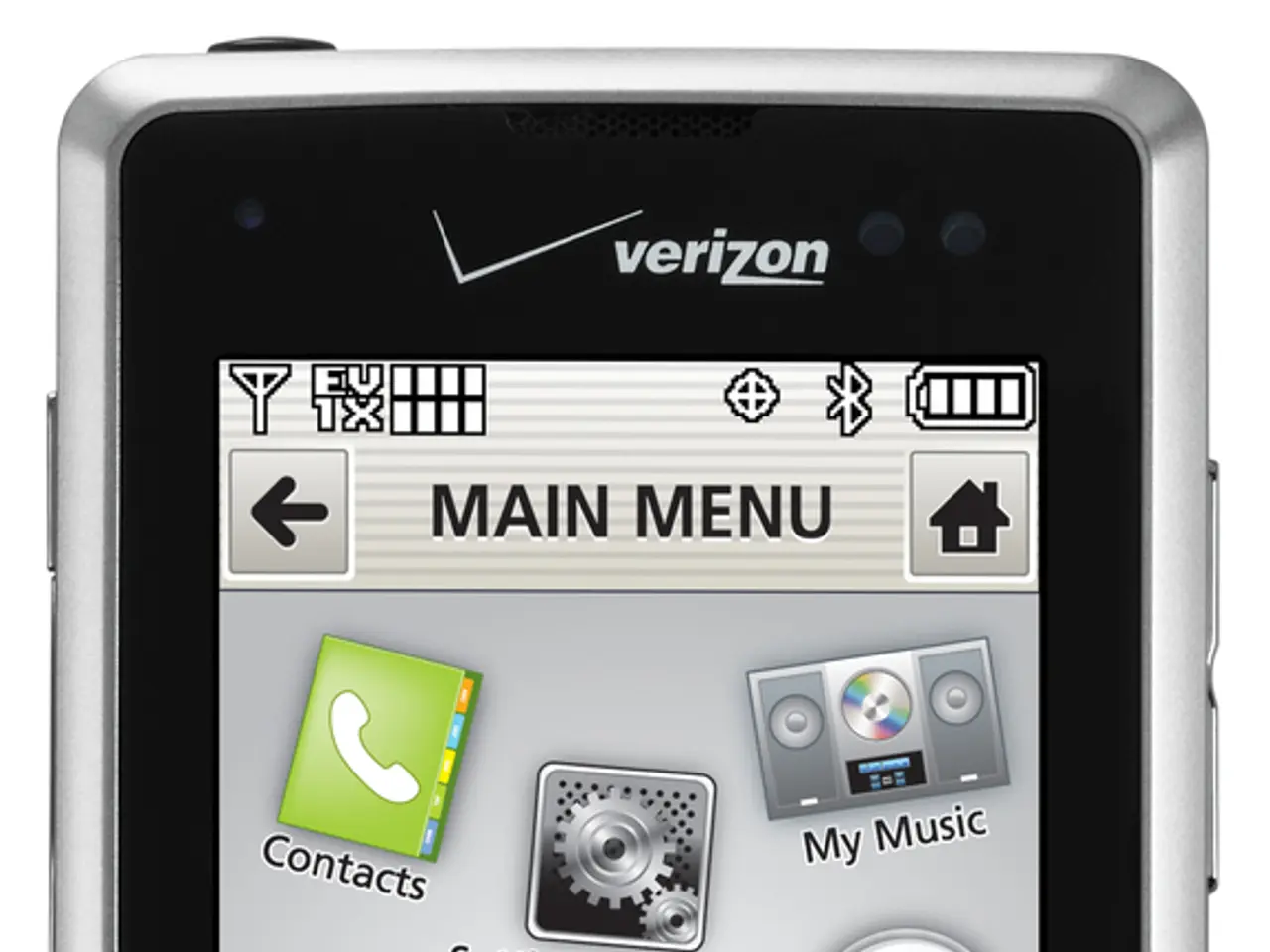Enhanced Night Vision Goggles (NVG EMI): Achieving Optimal Performance, Aesthetics, and Compliance
In the world of modern military operations, Night Vision Goggles (NVG) play a crucial role, allowing soldiers to see in low light conditions by amplifying near-infrared (NIR) ambient light. With the increasing sophistication of threats, it's essential that these vital pieces of equipment are protected from Electromagnetic Interference (EMI) that could disrupt their operation or degrade image quality.
Current EMI shielding solutions for NVGs focus on ensuring that they remain fully functional and compliant with military standards such as MIL-STD-461 (Electromagnetic Interference/EMC requirements), MIL-STD-3009 (weapons system EMC), and MIL-STD-810 (environmental engineering considerations). These solutions aim to balance EMI shielding effectiveness with weight, optical clarity, and operational performance.
One of the key challenges in EMI shielding for NVGs is preserving their high sensitivity while preventing EMI from causing disruptions. NVGs are highly sensitive optical-electronic devices requiring protection against EMI that may degrade image quality or disrupt operation. At the same time, shielding must not add excessive bulk or weight, nor impede the optical clarity or field of view, critical for combat effectiveness.
Current EMI shielding approaches for NVGs encompass conductive coatings and films, metallic enclosures and grounding, RF shielding gaskets and seals, integrated filtering and circuit design, and optical dome materials with EMI properties.
Conductive coatings and films, such as Indium Tin Oxide (ITO) or conductive polymers, are often used on optical elements and housing surfaces of NVGs. These ultrathin coatings provide EMI shielding without significant impact on optical transparency or weight. They are integrated into lenses or protective domes to preserve image clarity while blocking electromagnetic interference.
Metallic enclosures, constructed from lightweight metals like aluminum alloys or magnesium, provide effective electromagnetic shielding. These materials also offer ruggedness essential for military conditions described in MIL-STD-810, including shock, vibration, and temperature extremes. Proper grounding of these enclosures is critical to maintain EMI/RFI mitigation as per MIL-STD-461.
RF shielding gaskets and seals are used to maintain EMI continuity across seams and joints in the NVG assembly. These materials prevent EMI leakage while also ensuring environmental sealing against moisture and dust.
Electronics inside NVGs are designed with EMI filters, shielded cables, and careful PCB layout to minimize emission and susceptibility, aligning with MIL-STD-461 EMC requirements. Advanced optical dome materials are sometimes embedded with fine conductive meshes or coatings that shield against EMI without obscuring infrared or visible light, maintaining the NVG’s optical performance.
Manufacturers test NVGs extensively to ensure compliance with MIL-STD-461 for EMI control, MIL-STD-810 for environmental durability, and MIL-STD-3009, when applicable, which covers weapon system compatibility.
As network-centric warfare becomes a global threat, seamless communication will become more critical. To meet these demands, military equipment must optimize both EMI shielding and optical clarity. This balance is crucial for ensuring reliable functionality in demanding operational environments.
Emerging trends in EMI shielding for NVGs include the use of stealth and EMI-compatible coatings that reduce radar and EMI signatures without compromising optics. Another promising development is the use of specialized external materials for survivability and EMI reduction, as seen in missile systems, which may influence future NVG designs.
Cevians, a leading innovator in NVG-EMI systems, specializes in Night Vision and EMI shielding technologies. Their solutions enhance operational efficiency in demanding environments by combining cutting-edge materials with innovative design. As the landscape of military operations continues to evolve, the need for reliable EMI shielding solutions will remain paramount.
- Science and technology play vital roles in the evolution of Night Vision Goggles (NVG) as researchers develop EMI shielding solutions to maintain their functionality and optimum performance, in line with military standards such as MIL-STD-461, MIL-STD-3009, and MIL-STD-810.
- In the pursuit of reliable EMI shielding for NVGs, scientists and engineers collaborate on innovative approaches, such as stealth and EMI-compatible coatings to reduce radar and EMI signatures, and the use of specialized materials for survivability and EMI reduction, echoing the advancements in the field of military technology.




